.jpg)
Lam Dong is pioneering the application of the circular economy model in cocoa production. The project “From cocoa beans to chocolate bars” funded by the European Union (EU) for the period 2022 - 2026, is contributing to changing the face of the cocoa industry in the Central Highlands provinces, including Lam Dong. More than 1,160 farmers, cooperative officials and businesses in the provinces have been trained in circular farming techniques. This helps them improve productivity, crop quality and especially increase income.
The global cocoa price has increased sharply in the past two years, at one point reaching a record of 260,000 VND/kg of beans, 2-3 times higher than previous years, causing Lam Dong people to return to invest in this crop. It is calculated that each hectare of growers earns about 200 million VND/year.
.jpg)
Mr. Cam Ba Bien, a household growing more than 700 cocoa trees in Dak Wil commune, once intended to cut down his garden due to low cocoa prices, but now he has decided to keep it and invest more thanks to the effectiveness of the circular model. “Pests and diseases are well managed, the selling price is stable at 15,000 VND/kg of fresh fruit, and even dry beans reach 180,000 VND/kg. This year, I expect a profit of about 300 million VND from my cocoa garden,” Mr. Bien shared.
The family of Mrs. Nguyen Thi Hoa in Thuan An commune (Lam Dong) is also achieving high efficiency thanks to safe and circular production on an area of 1.3 hectares. "Not only stopping at producing beans, fresh cocoa beans are also processed into drinks, high-class handmade chocolate, creating high added value and diversifying products, so we are more confident in investing and taking care of the plants," Mrs. Hoa shared.
According to Mr. Bach Thanh Tuan, Director of the Community Development Center, the EU project implementation unit, the project has so far built 6 demonstration models and issued a set of standard guidelines on circular cocoa production. The project provides technical support to businesses and cooperatives to convert traditional production models to circular ones.
The circular economy model allows the entire cocoa tree to be utilized, from the pods, leaves, stems to beans. By-products that were previously considered waste are now recycled into organic fertilizer, animal feed, or even biochar to help improve soil, store carbon and reduce greenhouse gas emissions.
Mr. Vu Van Nghia, Director of Krong No Agricultural Cooperative, Krong No Commune, said: “Currently, we have a closed production system from planting to preliminary processing, processing cocoa powder, chocolate and supplying raw materials to large companies. Previously, farmers only harvested the beans, accounting for less than 10% of the fruit weight, the rest was wasted, causing pollution. Now, thanks to the application of technology and a circular approach, we not only maximize the value of the crop but also reduce costs and contribute to environmental protection”. The cocoa market is opening up like never before, a “golden” opportunity for farmers across the country, including Lam Dong, to recover and develop sustainably.
The world's demand for cocoa is increasing while the output is modest. According to the International Cocoa Organization (ICCO), the global cocoa output in 2024 will be just over 4.3 million tons. The Department of Crop Production and Plant Protection, Ministry of Agriculture and Environment, said that although the cocoa growing area in Vietnam is only over 3,000 hectares with a dry bean output of about 3,500 tons/year, the quality is high. In particular, the rare Trinitario variety has created a unique flavor, attracting international importers.
Lam Dong is a key cocoa growing area in Vietnam, with an estimated area of 800 hectares. The province has suitable climate conditions for cocoa to grow well. The cocoa growing area is currently expanding. People grow cocoa in concentrated areas or intercropped with other crops.
Source: https://baolamdong.vn/thi-truong-ca-cao-rong-mo-382680.html


![[Photo] Cat Ba - Green island paradise](/_next/image?url=https%3A%2F%2Fvphoto.vietnam.vn%2Fthumb%2F1200x675%2Fvietnam%2Fresource%2FIMAGE%2F2025%2F12%2F04%2F1764821844074_ndo_br_1-dcbthienduongxanh638-jpg.webp&w=3840&q=75)





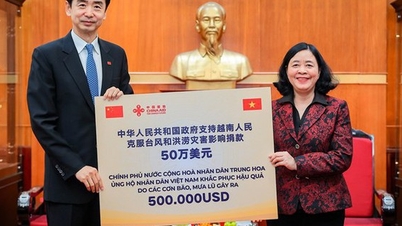

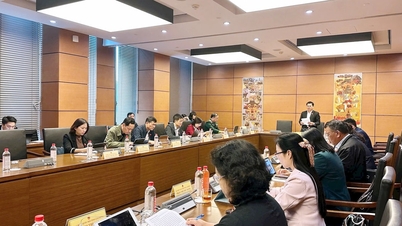

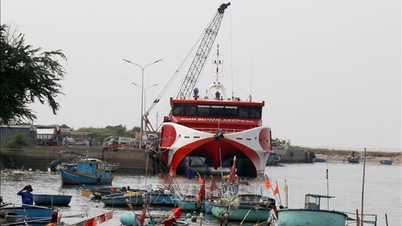


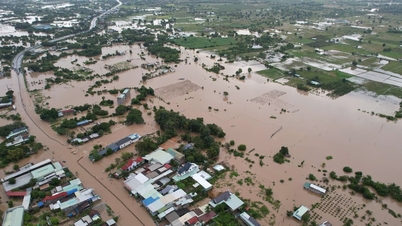
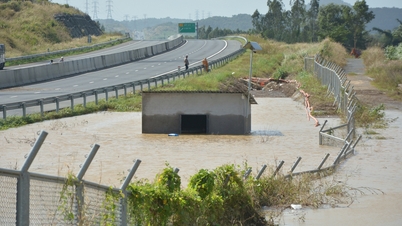

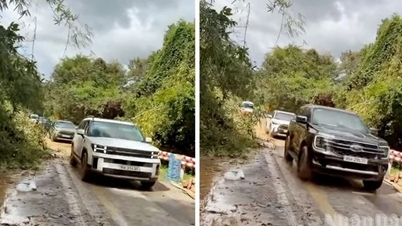


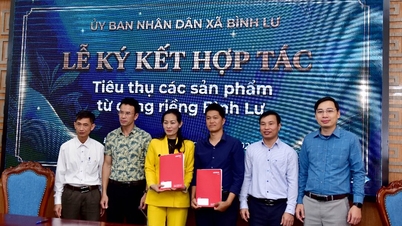


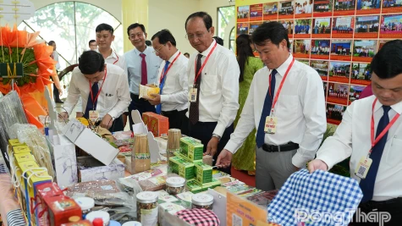

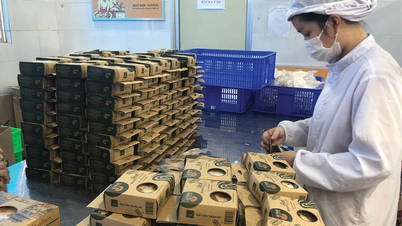





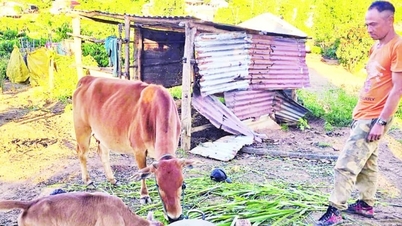
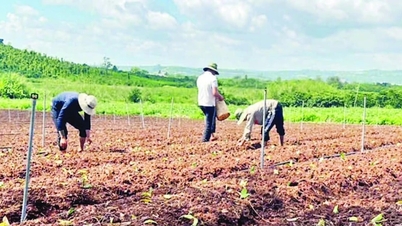
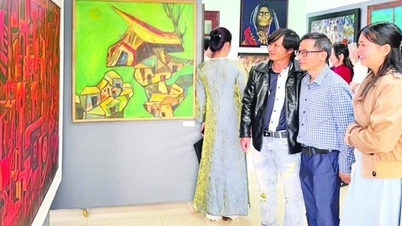
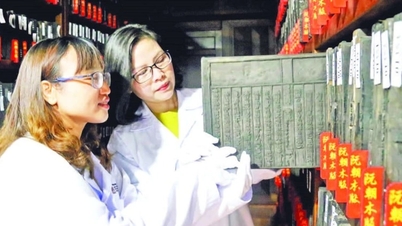
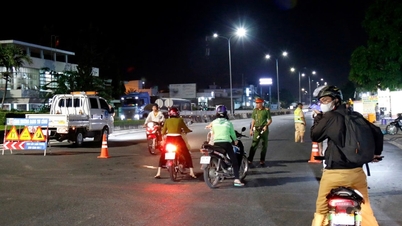


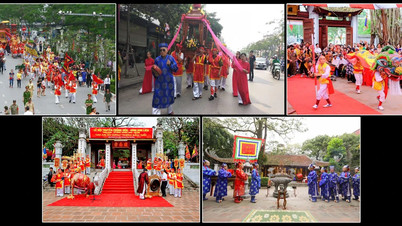

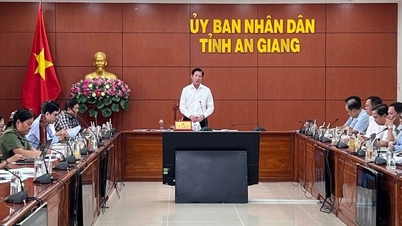

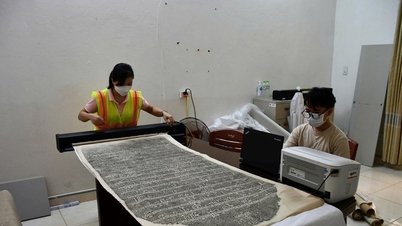

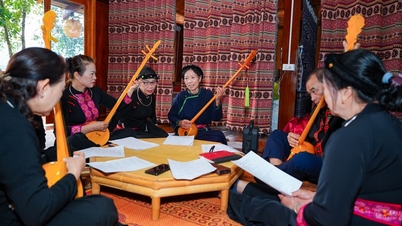



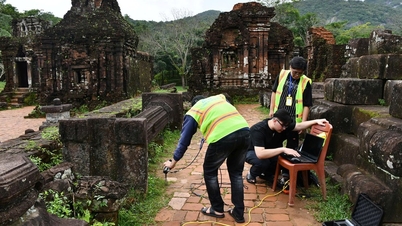



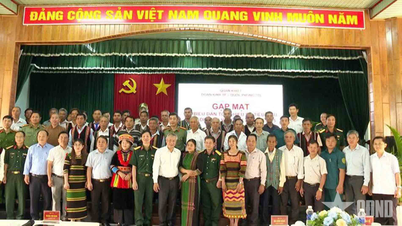



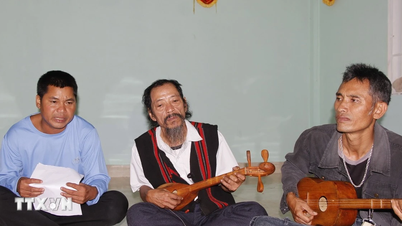




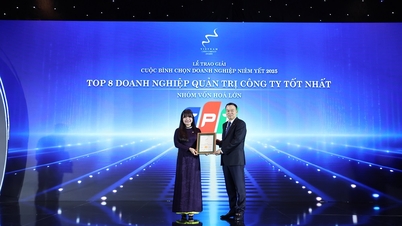


![[VIMC 40 days of lightning speed] Da Nang Port: Unity - Lightning speed - Breakthrough to the finish line](https://vphoto.vietnam.vn/thumb/402x226/vietnam/resource/IMAGE/2025/12/04/1764833540882_cdn_4-12-25.jpeg)
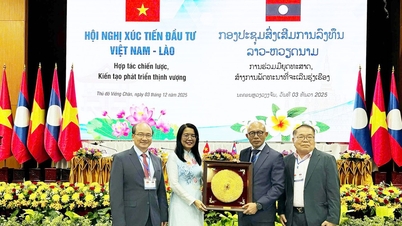

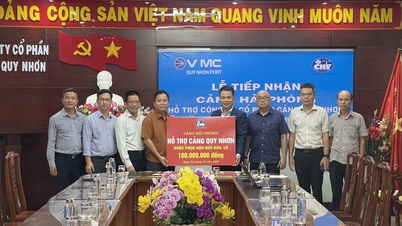







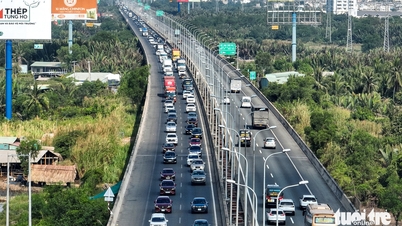





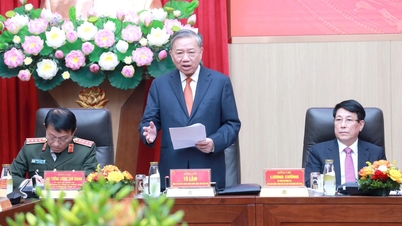

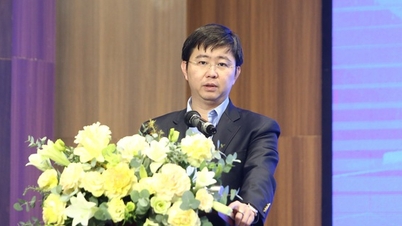


















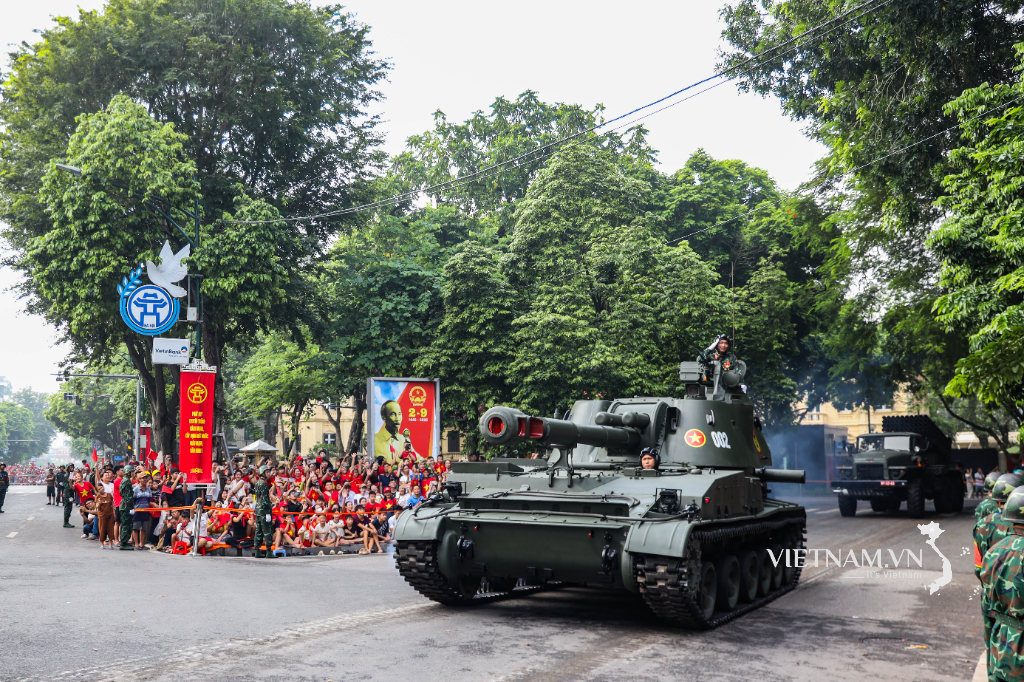


Comment (0)